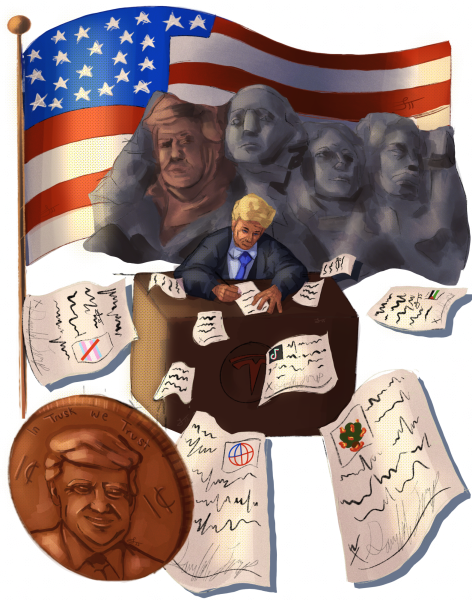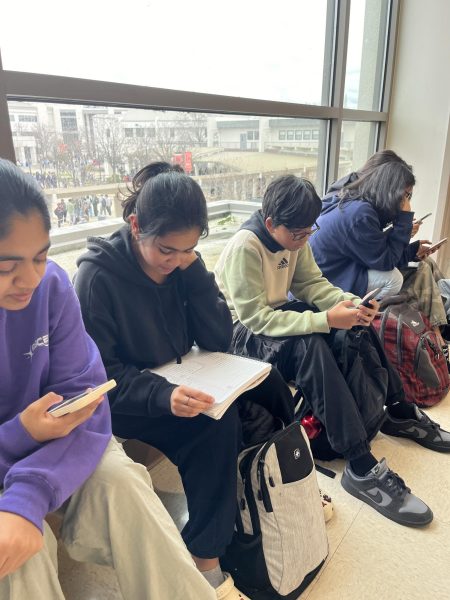Freshmen go mad for ‘Mango’
Most high school English students are all too familiar with the tedious task of required reading. From stories about a full grown man-child and his best friend to unreasonable Shakespearean romance, students are provided with a large variety of novels to develop a distaste for.
But there almost always seems to be a silver lining in the daunting storm cloud of boring books.
For me, that book was “The House on Mango Street.” I was one of very few students in my freshman English class to actually enjoy this unique compilation of vignettes. Many students found it confusing, boring, or hard to follow. I am personally a fan of poetry and abstract writing, so this organization of the book was very entertaining for me.
I can agree to a certain extent that the plot was difficult to follow, but the abstract quality of the vignettes made each like its own short story, which I thought made it easier to read.
Each vignette was different enough so that some could even be read out of context and still make sense.
“The House on Mango Street” was also the first book that really stood out to me stylistically in comparison to the typical chapter organization of the other books we read. Not to be mistaken, I love normal novels and plays just as much as the next person, but “The House on Mango Street” was a nice change of pace among all the normalcy.
Many students have complained that the story is so open ended, that we’re left hanging and wondering what happened next. For me, I took it as a chance to let my imagination wander and fill in the blanks. I thoroughly enjoyed not knowing exactly how things ended, because it gave me something to think about even after we finished the book.
The largest complaint that most students had by far was that it was hard to understand and connect to the book in general. The vagueness of the writing style and the skewed plot line made it very difficult for some students to find a point to relate to.
All I can say to this is that it took time and an open mind to find meaning in the text. Because of the nature of this book, it took longer than usual to interpret than the other books. But once I did, it was entirely worth it.
Worst Novel
From navigating through crowded hallways full of upperclassmen at least a foot taller than me, to my first finals week, reading “The House on Mango Street” would still stand firm as the most traumatizing event of freshman year.
Besides the terrifyingly boring series of endless vignettes, the carnival scene seems to be the only part anyone is concerned with. What the rest of the book is about? No one really remembers that, or no one actually read it.
The carnival scene reinvented everyone’s childhood fear of clowns to an entirely new level. I’m not sure what this scene was supposed to bring to this book besides just one more of the already apparent plethora of reasons to avoid clowns and never leave the house again. Like ever.
“The House on Mango Street” exemplifies every reason many students feel compelled to Sparknote the entire high school required reading list. And you know it’s bad when you feeling homicidal after merely Sparknoting a book.
So, let’s just do ourselves a favor and promise to never read another book with a pivotal scene involving clowns and sexual harassment. At the same time.





